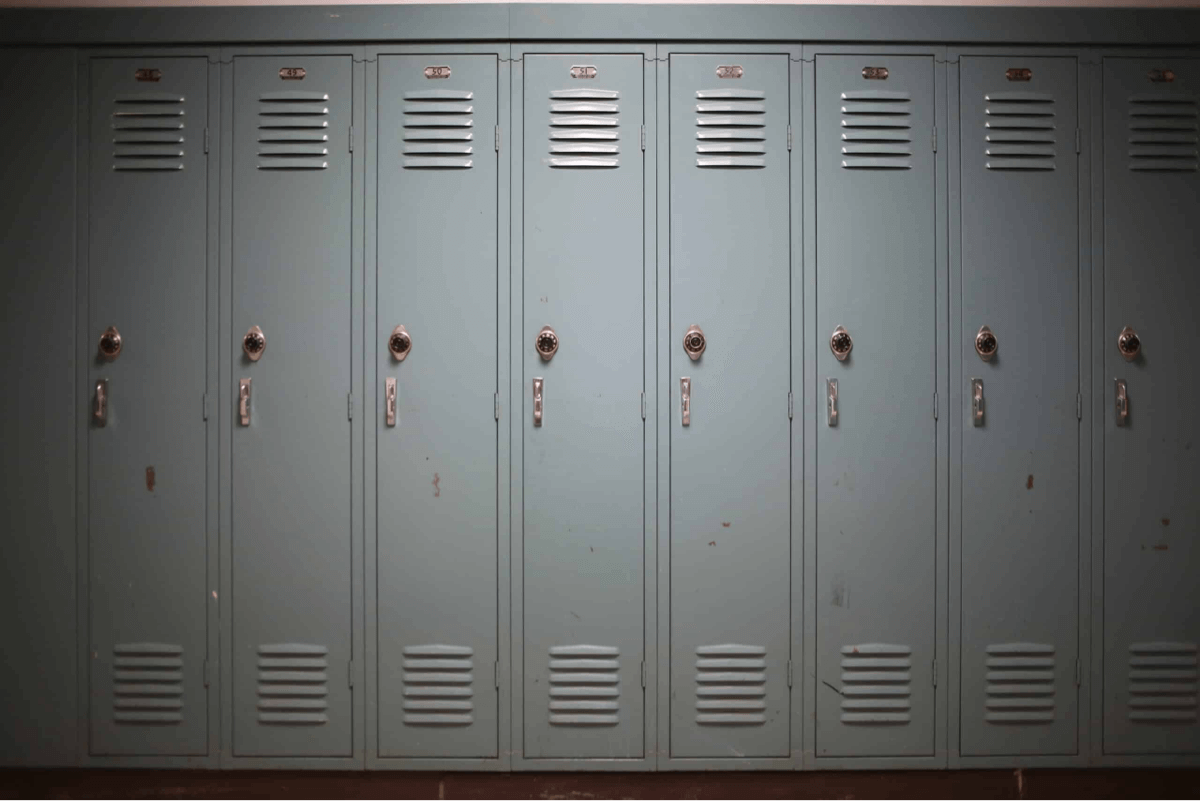A Proactive Rather Than Reactive Approach to School Violence
Lightspeed Systems hosted Mr. Frank DeAngelis, retired principal at Columbine High School in Littleton, Colorado, who spoke with our webinar attendees and staff regarding the fateful events of April 20, 1999. As shootings and other violent incidents continue to affect schools, Mr. DeAngelis believes that, unfortunately, districts may need to reevaluate and define school safety protocols, especially as students return to in-person learning this fall.
No Magic Wand
“I think people are looking for one thing, for one answer,” DeAngelis continued, “and there’s no one answer. People want to turn to gun control. That’s one piece, but it’s only one piece. I look at the mental health aspect. Now, not everyone who has mental health issues will commit a mass shooting or other act of violence. But that’s another component.” DeAngelis pointed out that the influence of social media – which wasn’t a factor at the time of the Columbine tragedy – is now almost incalculable. He emphasized the importance of parents and their role in supporting the prevention of these events.
When asked, “What are we going to do?” Mr. DeAngelis points out that more things are in place today to prevent school violence and not just react. First responders and members of the judicial and youth advocacy systems are working together with school district personnel to monitor and address the needs of disaffected and alienated students before problems can escalate to the point of violence. “Organizations such as the ‘I Love U Guys’ Foundation and its standard response protocol, or Safe and Sound Schools, started by Michele Gay, whose daughter was lost at Sandy Hook. These programs work to keep violence prevention and student mental and emotional wellbeing top of mind for school districts across the country.”
“And we have systems available now, systems like those Lightspeed is producing to monitor student behaviors and elevate the early warning signs of violence or dangerous student activity, that we did not have in place during April of 1999,” DeAngelis said.
A Tool You Can Use
Lightspeed Systems offers a solution districts can use to identify the potential of student violence, cyberbullying, self-harm, or suicide ideation. Lightspeed Alert™ provides comprehensive protection by monitoring critical warning signs across the internet—social media, online docs, email, YouTube, apps, browsers, search engines, and more—no matter where student devices are being used. Lightspeed Alert leverages patented advanced filtering AI to elevate key information districts need—without false positives and missed activities common in other less capable solutions. The system integrates 24/7 real-time human review and analysis of each warning flag by full-time safety specialists comprehensively trained in threat assessment and suicide prevention. Lightspeed’s partnerships with Microsoft® 365, Apple®, and Google® for Education enable schools and districts to detect imminent, legitimate threats across virtually all productivity apps.
Learn more about Lightspeed Alert and the entire suite of Lightspeed Systems solutions for student online safety and learning effectiveness. Request a demo today.
If you missed the live event, you can still watch the discussion with Mr. DeAngelis on-demand.

